Introduction
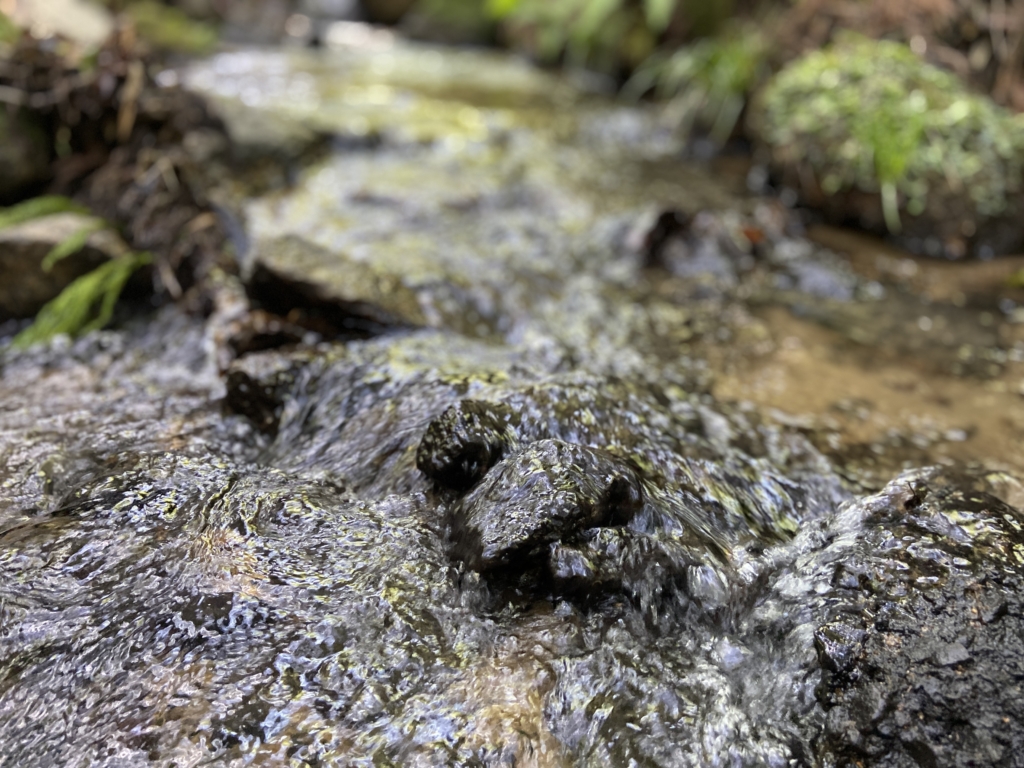
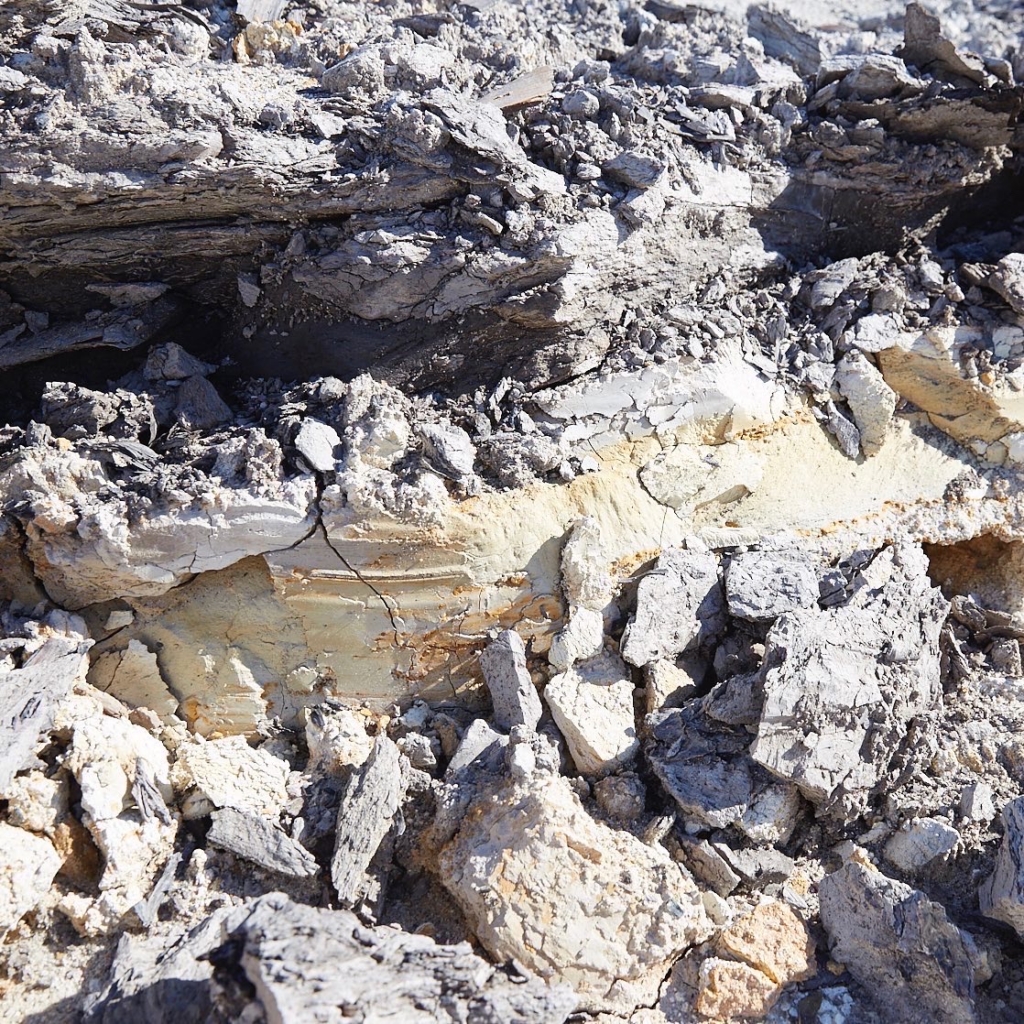


Miracle Clay Lake Tokai left for us.
Minoyaki is produced in Tajimi city, Toki city, and Mizunami city in Gifu prefecture in Japan. Setomono is produced in Seto city in Aichi prefecture in Japan. Those areas were used to be bottoms area of Lake Tokai in ancient period (about 5 million years ago). Before Lake Tokai disappeared (around 1.3 million years ago), it kept much magma from volcanoes at the bottom and which became granite and then this combination produced beautiful clay for pottery. We may call it as “Miracle Clay”. In addition to this beautiful clay, the natural environment in these areas supported producing good chinaware and pottery. First, plenty of spring water which is neutral and good for shaping clay. Second Japanese red pine, which is good to make very high temperature fire in a kiln. Those blessing in these areas made Minoyaki and Setomono remarkable progress.
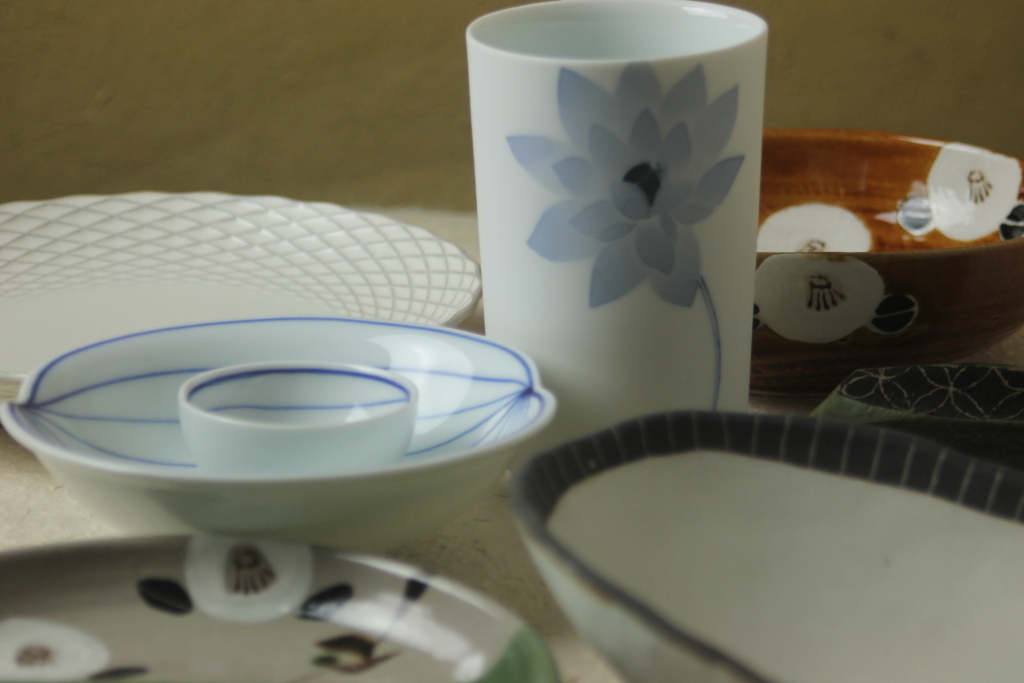
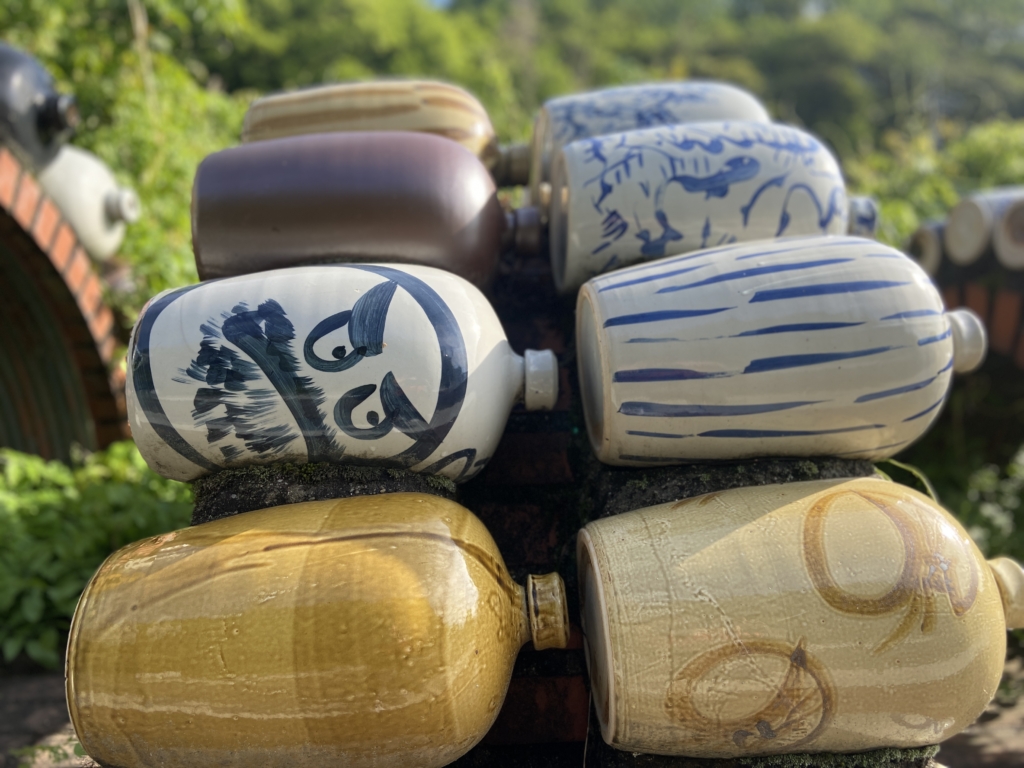
There is no specific character in Minoyaki and Setomono, which is very unusual. Minoyaki and Setomono have more than one thousand years in their history.
During the long history, Minoyaki and Setomono changed its characters according to the requirements from the market. By changing a blending pattern, the beautiful clay here can produce many styles of pottery. This makes Minoyaki and Setomono have no fixed character. Without having a fixed character, there are about 15 pottery styles are designated as traditional crafts. From this flexibility, Minoyaki and Setomono have gained about 50% of total Japanese market share.


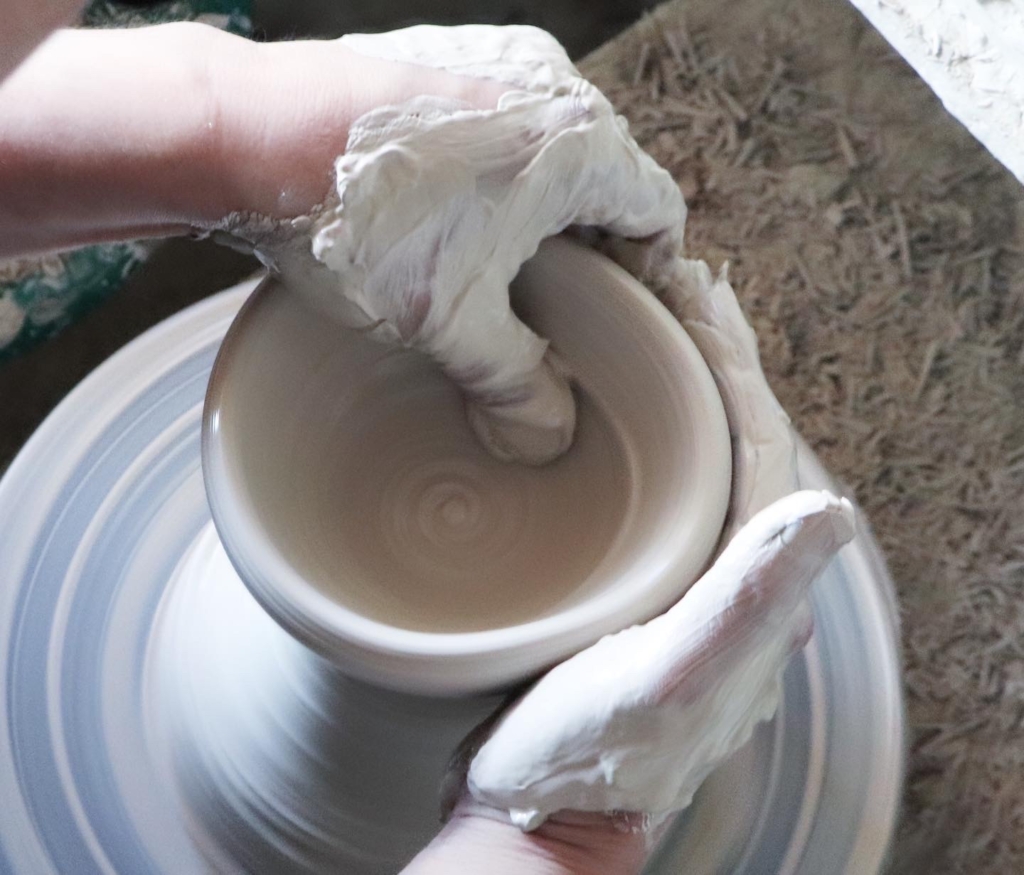
The Professional group for tableware
Making clay from natural earth, which is the best for particular pottery. Shaping clay to the best tableware and glazing it and fire. Making prints on it. Each work is done by each professional. We call it in Japanese “Bungyo”. We are the group of professional. We are proud to say that Minoyaki and Setomono have world level of techniques in them.
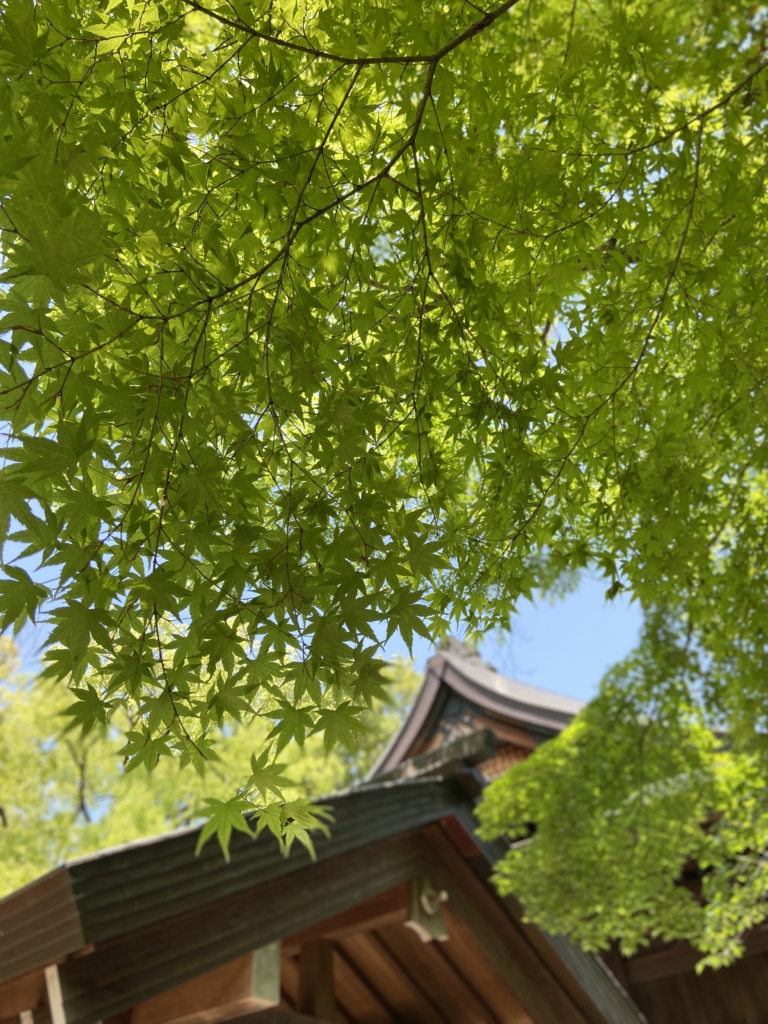
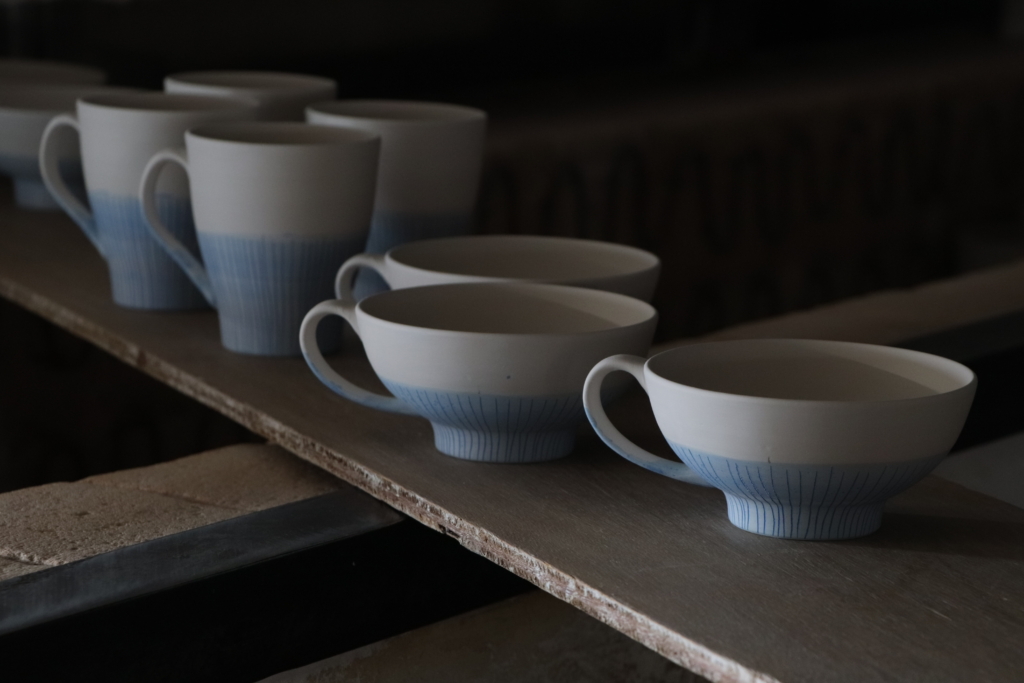
Pottery of 〝Omotenasi〟- Minoyaki and Setomono
“Omotenashi” means hospitality in Japanese, which is Japanese treasure in daily life. Japanese Food was registered as intangible World cultural Heritage. Japanese tableware is playing important rolls on this. Japanese food and tableware, both have Japanese hospitality spirits in them. Japanese Food culture has been carried over generations with in the long history. There were many different food culture periods in history of Japan. The period prohibited eating meat, the flourish period for tea culture, and the starting period of civilization of food accepting western style of dishes. In each period, Japanese never forget its Omotenashi spirit. Together with this spirit, Minoyaki and Setomono were trying to adopt new style by creating new tableware. Japanese tableware can be used in many different scenes, not only for Japanese food but also some western food too. Each tableware was made by hands of professionals, that is Minoyaki and Setomono. You will find potters’ professional spirits in it. We, Shibata Trading Consultant, are very proud to introduce Minoyaki and Setomono tableware, which are not just tableware but they are almost in art area. We really hope that this art will be known to many people in the world.


